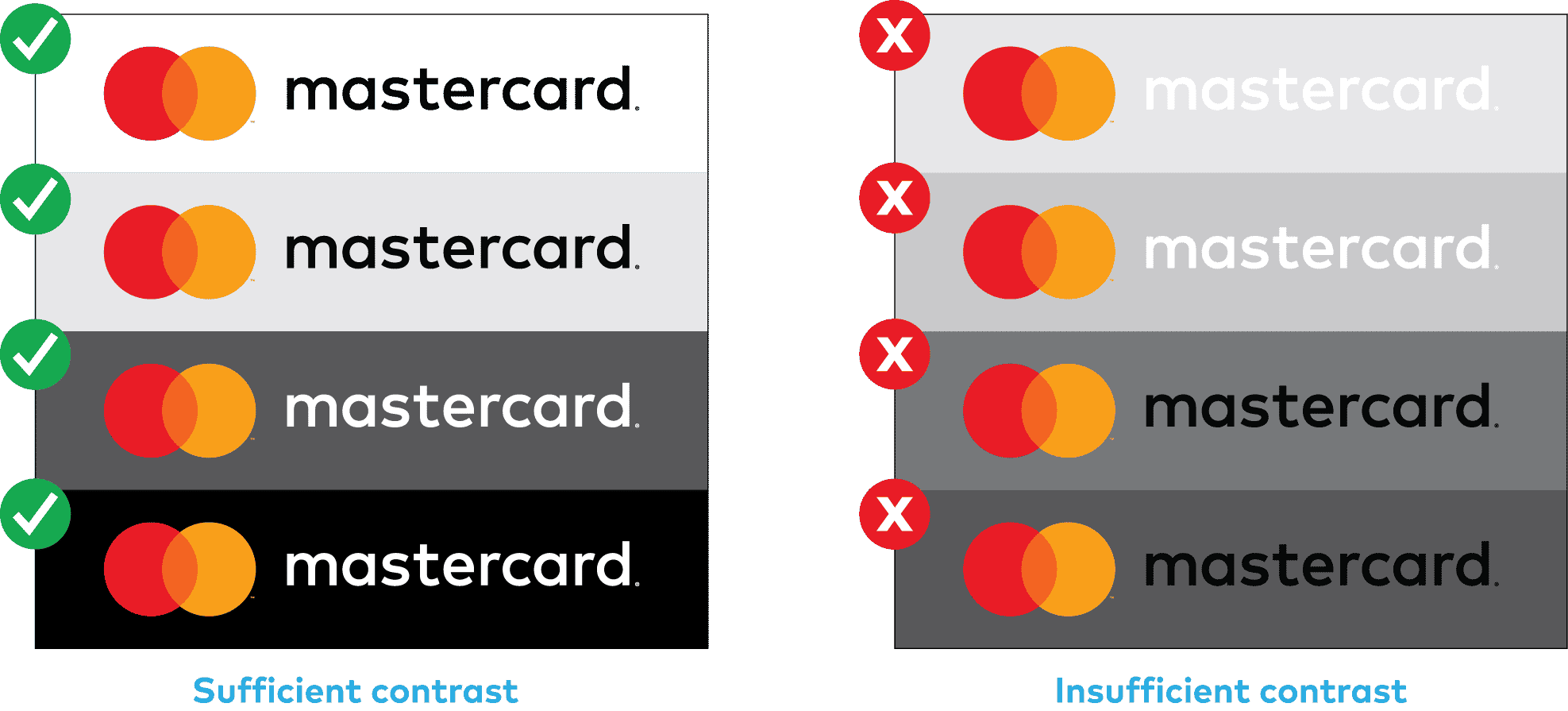
What’s It Called? Naming Your B2B Product
Your team cannot wait to launch their latest and greatest product. Now they’re ready to figure out what it’s going to be called. That’s the easy part, right?
You get everyone together to brainstorm ideas, the obvious first step, but you don’t stop there, of course. You send the top choices over to legal, take an opinion poll from a few internal stakeholders on the finalists and, voila! You’ve got a can’t-miss name for a can’t-miss product.
If only.
Choosing a B2B product name is something that sounds about as easy as making a cup of coffee. Simple enough, but next thing you know, you’re making some sort of sugary latte with special syrup and a shot of this and a touch of that. It’s complicated — and for good reason.
So what should be your key considerations when choosing a name for your B2B product?
Quick Takeaways:
- Take into account your target market and its culture when naming your product.
- Clever expressions and puns in English often take on a different meaning in international markets.
- Consider use cases, technological advances, and competition before finalizing a name.
- Document how your brand, product name, and its extensions can be used, along with the contexts.
- Run everything by your legal team.
1. Geography
Where will your products be marketed? If the answer is worldwide or in many different cultural regions, then you’ll need to put some thought into how the name will translate or be interpreted.
Idiomatic expressions or meanings (e.g., a clever double entendre or compound-word construction in English) are frequent sources of naming inspiration, but they often don’t make sense when applied internationally. In some cases, a word might have a negative connotation in a certain region, either based on its exact spelling or how it’s pronounced. Take great care when performing linguistic evaluations in applicable international markets before your product is released.
Not sure exactly what I mean? Here’s the perfect example: KFC, now extremely popular in Asian markets, made Chinese consumers a bit apprehensive when their slogan, “finger lickin’ good” translated as “eat your fingers off.” Yikes!

2. The Future of Your Product
Choosing a name without consideration for the future can lead to serious anxiety for some unfortunate soul saddled with a poor choice which paints them into a corner. Your team should have a comprehensive understanding of how (or if) the product will be used for the long run. Are there other similar products in the same category that are already named? Is your product the first in a series of similar products?
Understanding the future development road map and where the new product fits will ensure names can expand and adapt down the line, causing a lot fewer headaches for future product managers and engineers. Consider technological advances or new model releases that might be part of the product’s future; is there standard nomenclature that can be planned for in advance? Make sure you can evolve and expand to easily accommodate new family members in the future.
3. Company Standards
In many corporations, a lack of formal naming policies leads to product names and strategies that drift aimlessly, following myriad, arbitrary protocols, which create an unruly, hard (and expensive) to manage product name landscape. Having naming standards in place can help avoid some of these problems. To get started, craft a well thought-out document that accounts for numerous factors to ensure the naming landscape remains under control and the costs of creating original brands are managed. Some considerations include:
- Allowing descriptive names only
- Conversely, prohibiting suggestive or neologistic names that require brand and trademark management
- Master and sub-brand relationships, if applicable to product naming
- Model number, size and feature naming guidelines to ensure consistency

4. Supplemental Rules
Provide guidance, if not rules, on how your specific product name and all its extensions and feature descriptions should be used. Without guidelines, marketers are left to make up their own rules, which can lead to frustrating inconsistencies that leave end users confused. Think about the correct usages of your product name and document them thoroughly.
5. Legal Review
Your legal team has the final say on your product name. Do some work first: go the extra mile by spending time online to explore potential conflicts within your industry and peer set. Doing so will save time and won’t cause the legal team to continue evaluating and iterating options that aren’t viable.
Visit competitor websites, search various name combinations, and use the U.S. Patent and Trademark Office’s (USPTO) Trademark Electronic Search System (TESS). Give the legal team a first draft summary of what you found. If you really like a name and you’re not sure if there is a conflict, discuss it with legal and see if there is a way to avoid an infringement. There may be a creative way to adjoin your company name or some other company-owned brand to avoid infringement.
Final Considerations
Consider additional factors that may be important for the product name: internal stakeholder reviews and feedback, customer focus groups, graphic treatment options and more. The next time you send your business-to-business marketing team an email and ask, “Hey, I’m looking for a creative product name,” remember that there is a lot that could go wrong if you rush through the process. But there’s a lot that can go correctly if you take into account the complete set of factors that encompass product naming.
If you do, you’ll be remembered for a great cup of coffee, not some caffeinated mess.






